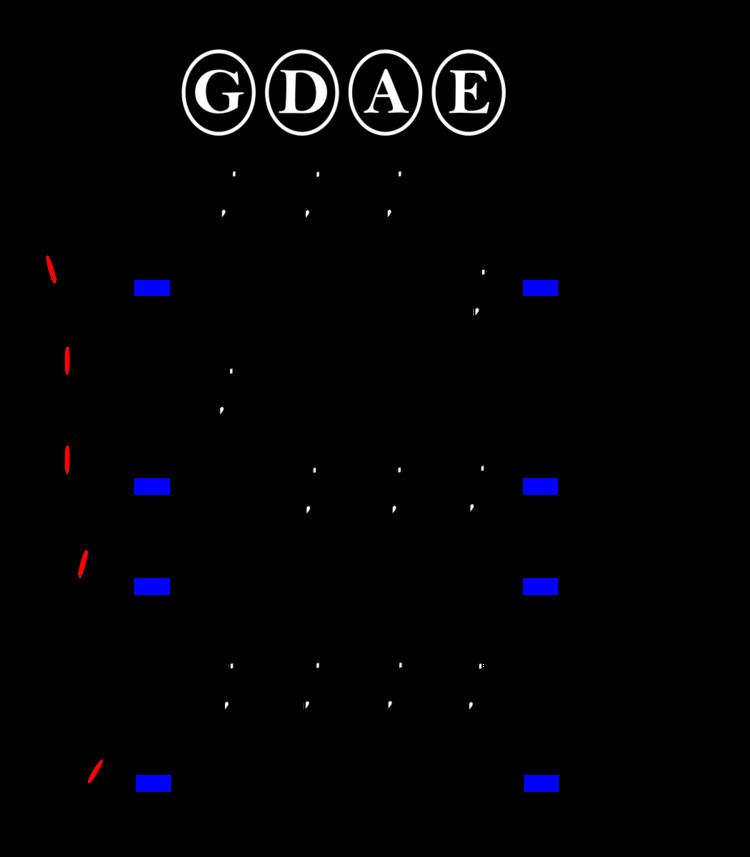 | ||
On a string instrument, position is the relative location of the hand on the instrument's neck, indicated by ordinal numbers (e.g., 3rd). Fingering, independent of position, is indicated by numbers, 1-4, and string is indicated by Roman numerals, I-IV. Different positions on the same string are reached through shifting.
Contents
With experience, string players become accustomed to the required shape and position of the left hand. Some positions are located relative to certain touch references, or landmarks on the instrument. For example, fourth position on the cello (used in the example below) has the player's thumb resting in the "saddle" of the neck root. Similarly, higher positions on the violin make use of the instrument's "shoulder" (treble-side edge of the top's upper bout) as a touch reference. Some electric string instruments, without a traditionally shaped body, still incorporate a reference feature imitating that shoulder's shape.
Shift
On a string instrument, shifting, or a shift, is a movement of the fingers of the left hand from one position to another on the same string. Position is indicated through ordinal numbers (e.g., 3rd). Strings may be indicated through Roman numerals, I-IV, and fingering may be indicated through numbers, 1-4. When done skillfully shifting avoids string noise.
In reference to classical guitar, "Fernando Sor recommends that one should 'be sparing of the operations called barring and shifting'."
Trombone position
The trombone produces notes within its range by extending the main slide to different positions. In first position, the length of the bore is at its shortest; seventh position puts the slide at its furthest extension, at the edge of the inner slide's stockings. (These are sections of slightly greater diameter at the ends of the inner slide tubes.) Positions 3 and 4 may be located by referring the player's right hand to the bell of the instrument. Each player "has a different way of visualizing where the positions of the slide trombone are in relation to each other" Positions, especially in the higher register, may need to be shortened or lengthened (sharpened or flattened) to play in tune. Lower-numbered (shorter) positions are closer together than higher-numbered ones. Positions six and seven are primarily useful in the lower part of the trombone's range.
Some notes may be sounded at more than one position; for example, D4 may be sounded either in position 1 or 4. As a result, trombonists often spend time studying a part to determine how to approach a particular phrase.
